Ayame is a custom-made shoes subscription service – maybe the first one in the world. They use Prusa 3D printers to make a custom shoe-last based on a 3D scan of customers’ feet. This shoe-last is then used to manufacture each show with a perfect fit.
The idea
The company’s president, NAME Suwabe, was interested in technology since his youth. During his high school years he competed in robot contests and went on working in the IT industry for 10 years. But then he decided that he wanted to get back into manufacturing, looking for something interesting to do. He was intrigued by the spread of 3D printers, when he happened to hear from a woman he was working with that she was having trouble finding shoes that fit her feet. It was during this conversation he had the idea of making shoes using 3D printers.
Word of mouth
He started with his first 3D printer made in Japan, and then bought four others made in China. He had a hard time because they broke down often and had to be repaired repeatedly. One day, he found out about Prusa by word-of-mouth and bought one. And since then, he kept buying more and more because they are so reliable.
In addition to the beautiful prints, the machines are almost maintenance-free and they haven’t had any no major problems since they were purchased. Now they operate six printers in a mini farm to make the shoe trees.
What was the challenge in the process of making a wooden form with a 3D printer?
The first challenge Suwabe needed to figure out was whether the 3D printed shoe-last will withstand the demands of the shoe making.
“Each customer uses a different shoe-last, so we only use it once or a few times at most, if the customer orders multiple pairs of shoes. This means we can print the shoe-last with PLA without any special requirements, but if it is too thin, it will break and if it is too strong, the nails will not stick in the process of attaching the leather. We print with a 0.8 mm nozzle and a 0.2 mm layer height. The biggest challenge was finding the balance of the shoe-last requirements and the parameters to print,” says Suwabe.
Making the prototype
“Once we figured out the printing itself, the next step was to try it in the shoe making process. The old way of making conventional shoe trees was basically 2.5D – the foot would be placed on a flat surface and measured in different ways. We needed to be sure that the shoe-last based on 3D data will indeed produce a good shoe. We have improved the quality of our products through repeated iterations of this process of merging old shoe making techniques with the 3D data scans and 3D printed shoe trees,” Suwabe says.
“The way we make the actual shoe stays the same, it’s very traditional and the core of our innovation is focusing on increased comfort and creating the perfect match between the shoe and the feet of our customer,” Suwabe explains.
Suwabe also thought if there are any other opportunities to implement 3D printing into the actual shoe itself: “To achieve the functionality of a shoe, you need materials with various characteristics such as steel plates, carbon fiber and several types of leather. To replace these materials a plastic printed by a 3D printer is not an easy thing to do.”
Tailor-made process
Most of the first orders the company receives are from people who struggle to find the right shoes. Before placing an order, AYAME staff takes 3D measurements of customers’ feet as well as measurements by hand. Customers then choose from 89 million existing shoe design combinations – heels, toes, materials etc. and choose the one that suits them based on consultations and suggestions tailored to their own foot shape and needs.
How did the subscribe service come into being?
“The 3D printer technology has made it possible to provide custom-made shoes for around 60,000-70,000 yen, bringing down the cost from as much as 300,000 yen. However, the majority of consumers buy shoes for around 10,000 yen so people treat custom-made shoes as luxury items and end up rarely using them. This often means people will keep wearing the cheap shoes and keep having sore feet. We need to help people understand the custom made shoes are for daily use,” says Suwabe.
“We have started a subscription service to help people get over the fear of damaging the shoes. The financial burden is reduced and people can have their shoes repaired. With the subscription and the installment payment, the more people wear the shoes, the cheaper it gets. We also lower the barrier of entry into custom made shoes and make them more accessible to young people,” Suwabe explains.
Toward a sustainable society
Not only can the shoes be repaired and worn for a long time – we also make them from the best materials. In addition to cow, sheep and goat leather, we often use Ezo-shika deer leather, wild deer that live in Hokkaido. With diminishing threat from natural predators, Ezo deer population has increased so much that they have become a threat to the balance of the ecosystem negatively impacting the forests. The deer population is now being pruned by humans to maintain a balance with nature and only as little as 5% of the leather is used.
The company focuses on using leather that would be otherwise discarded. To hide scars and similar leather imperfection, they use a process called tie-dyeing.
“Each shoe ends up being unique, because the variance in the leather used to produce it,” says Suwabe.
Break down the barriers
In the shoes industry in Japan there is a big barrier between companies that mass produce shoes and companies that produce custom-made shoes. I want to do something that will break down that barrier.” President Suwabe says.
“We are always looking for ways to mass produce bespoke products and we are working on a service where we can deliver a 3D scanner with an Ipad to a customer’s home so that they can take measurements themselves instead of having to do it in the AYAME shop,” says Suwabe.








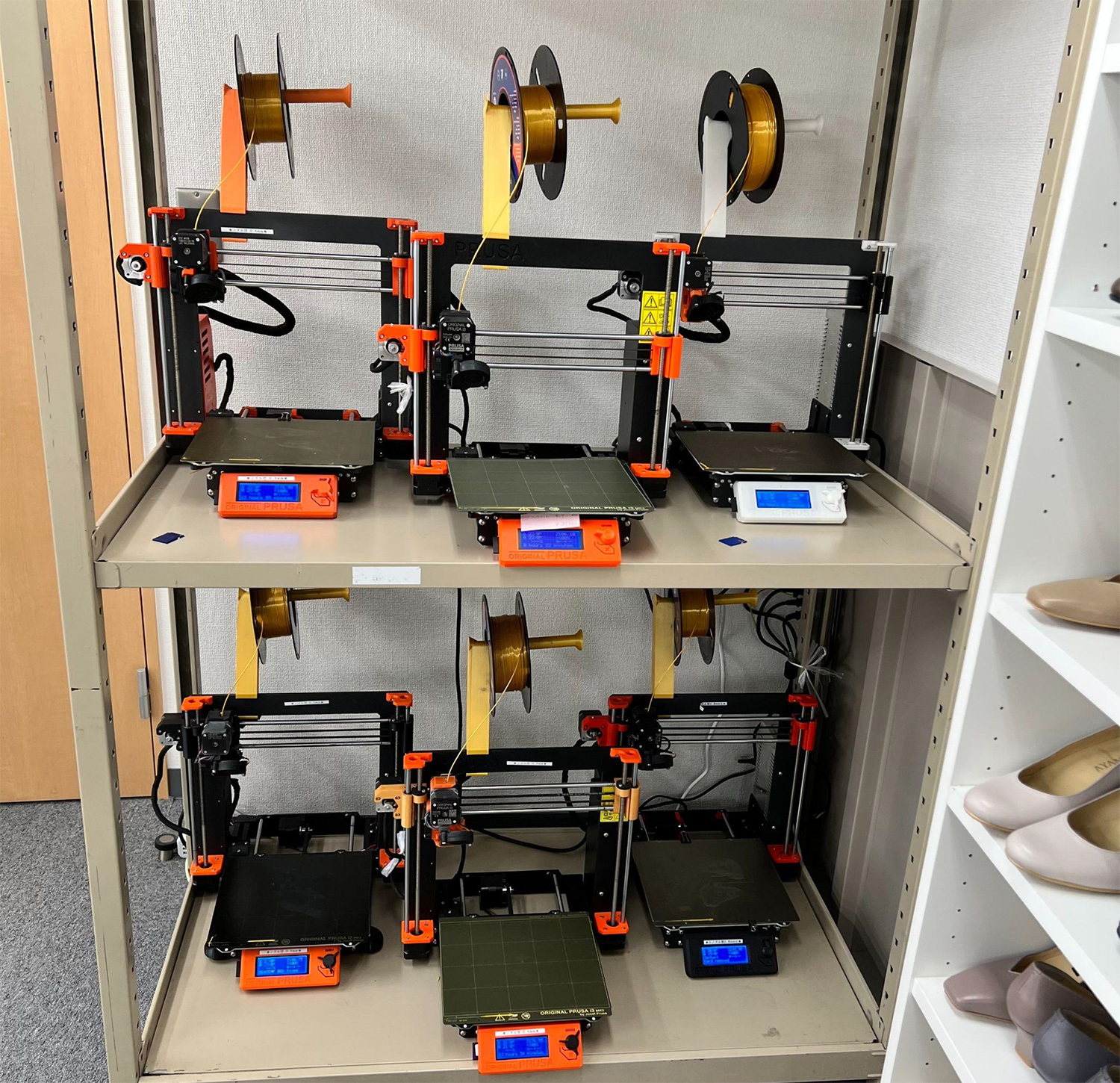
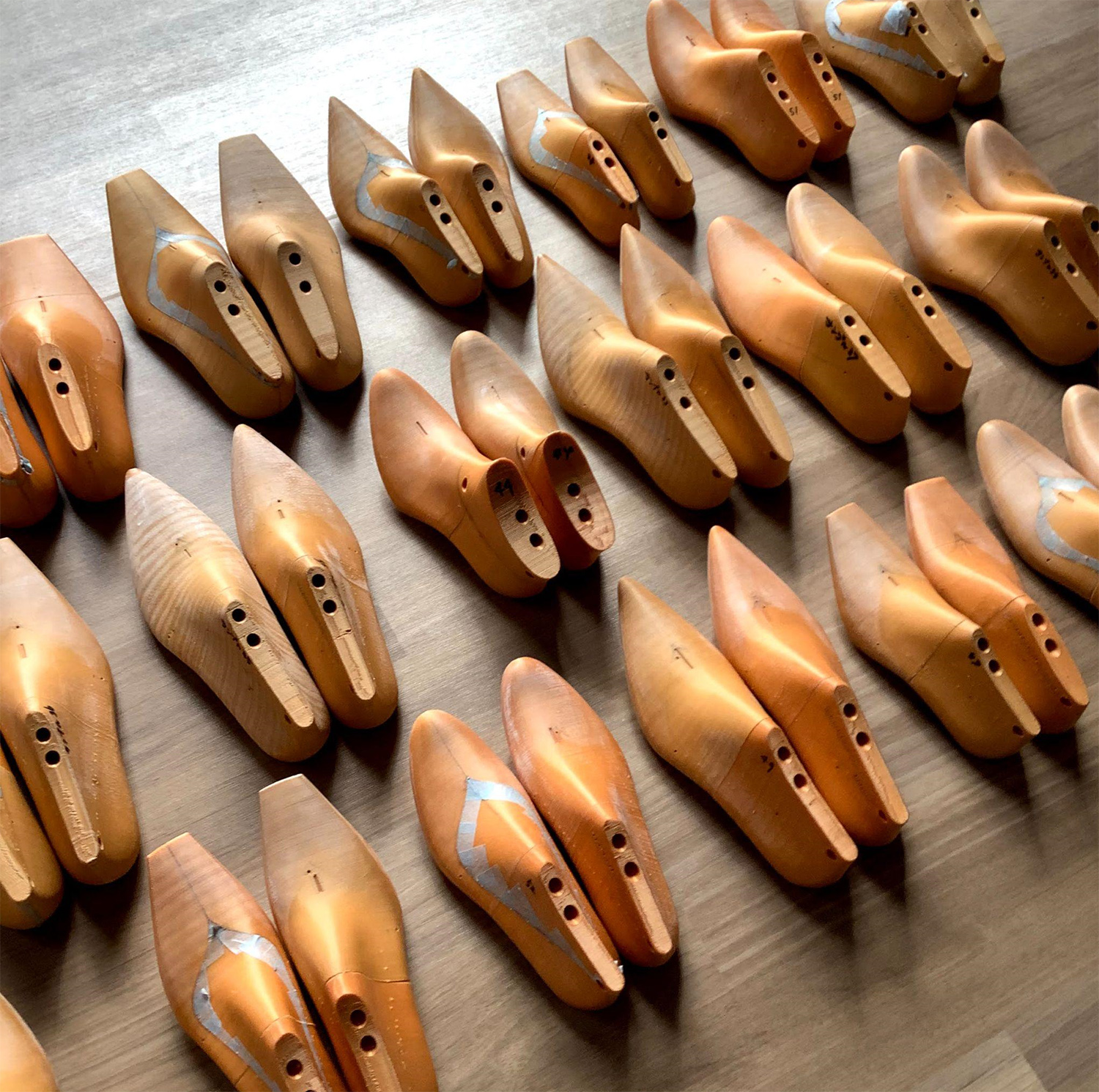


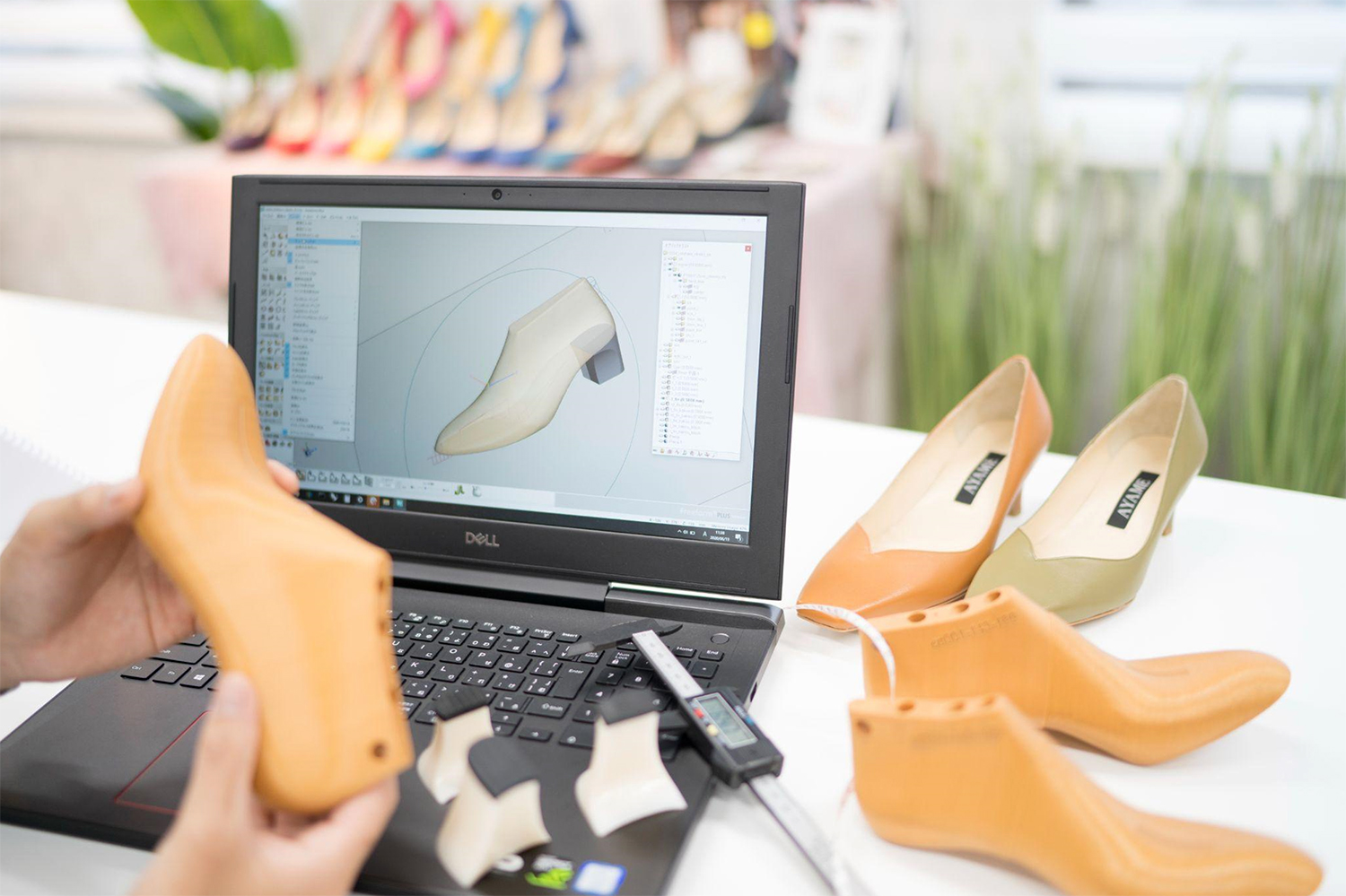
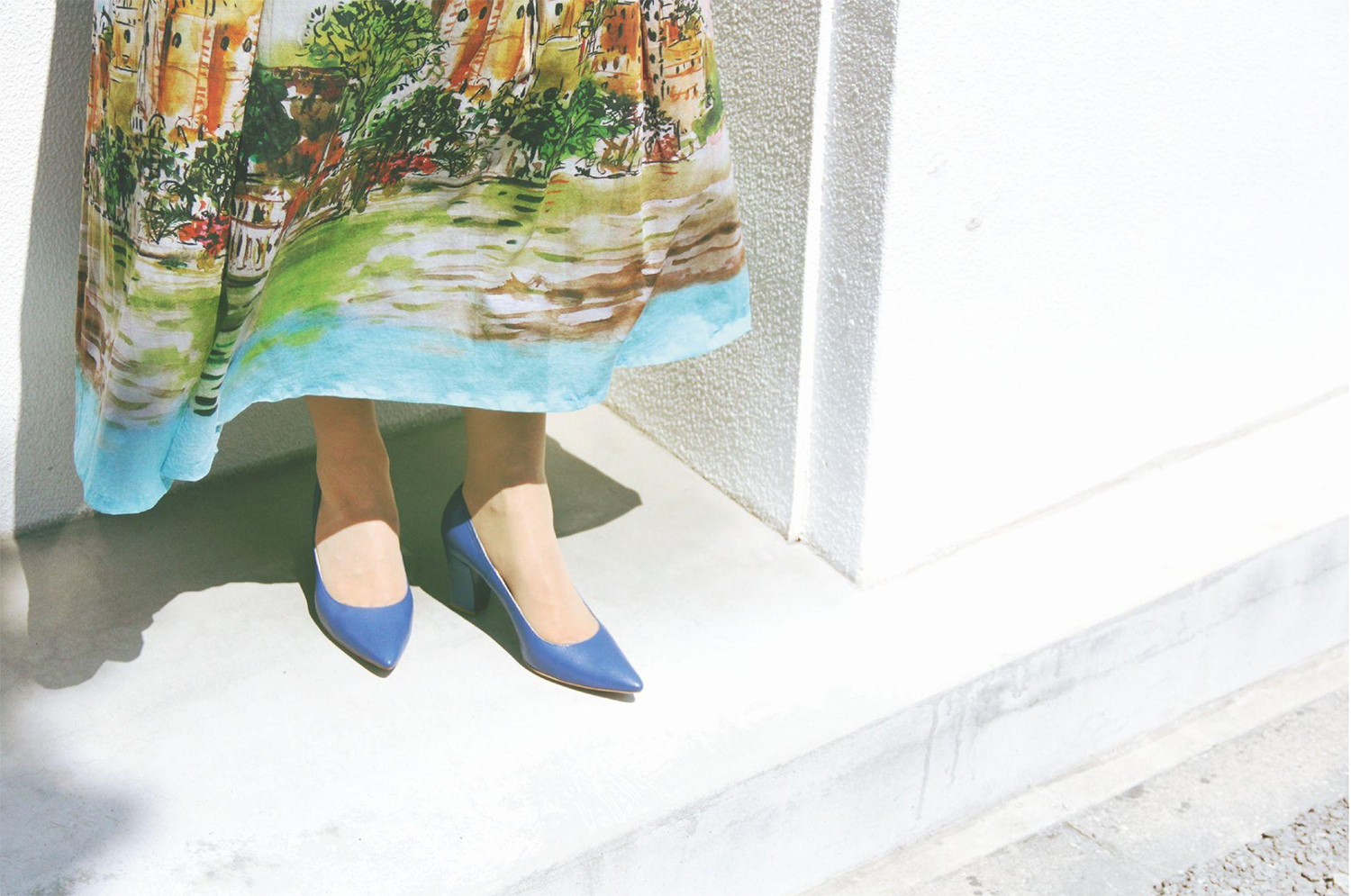
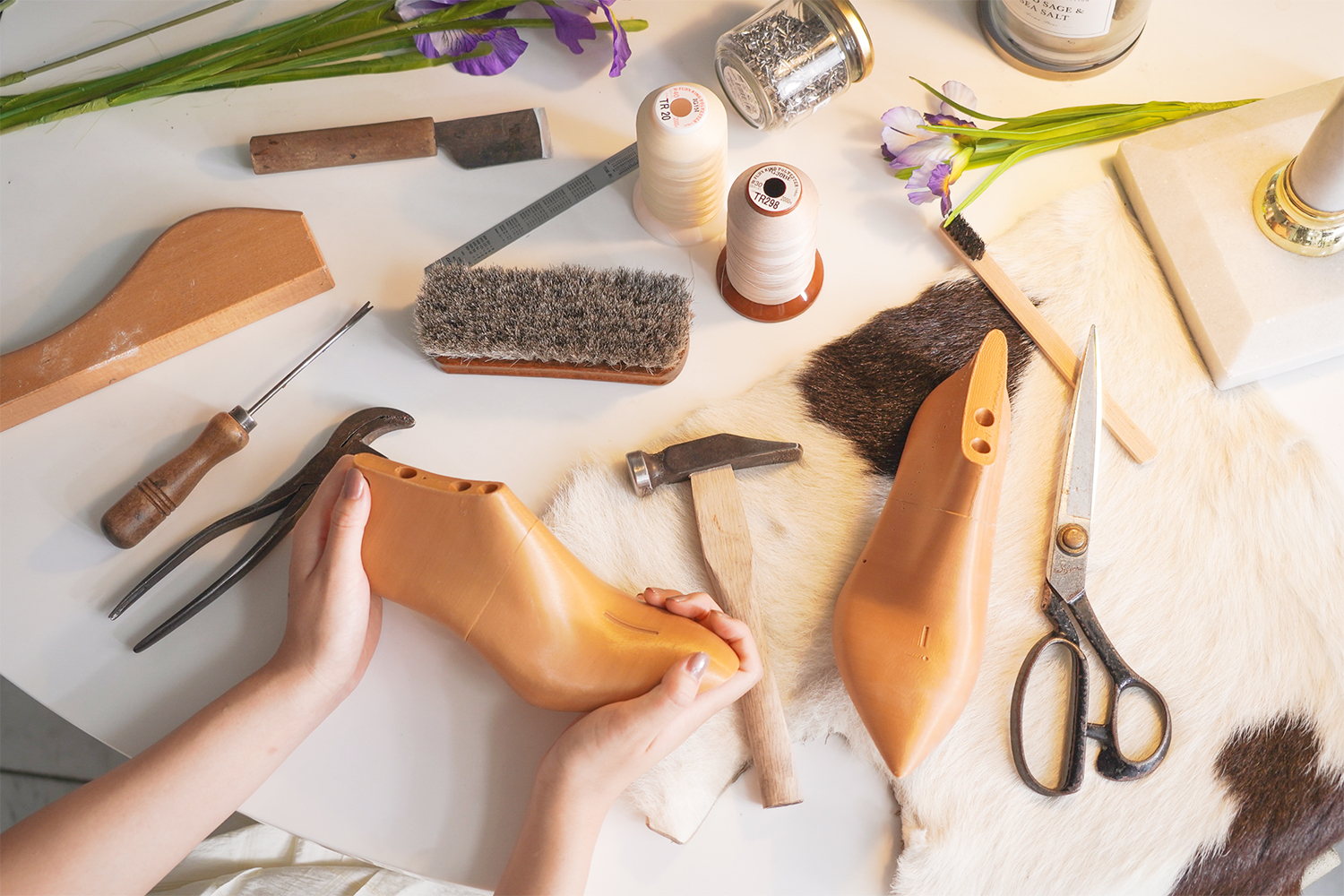

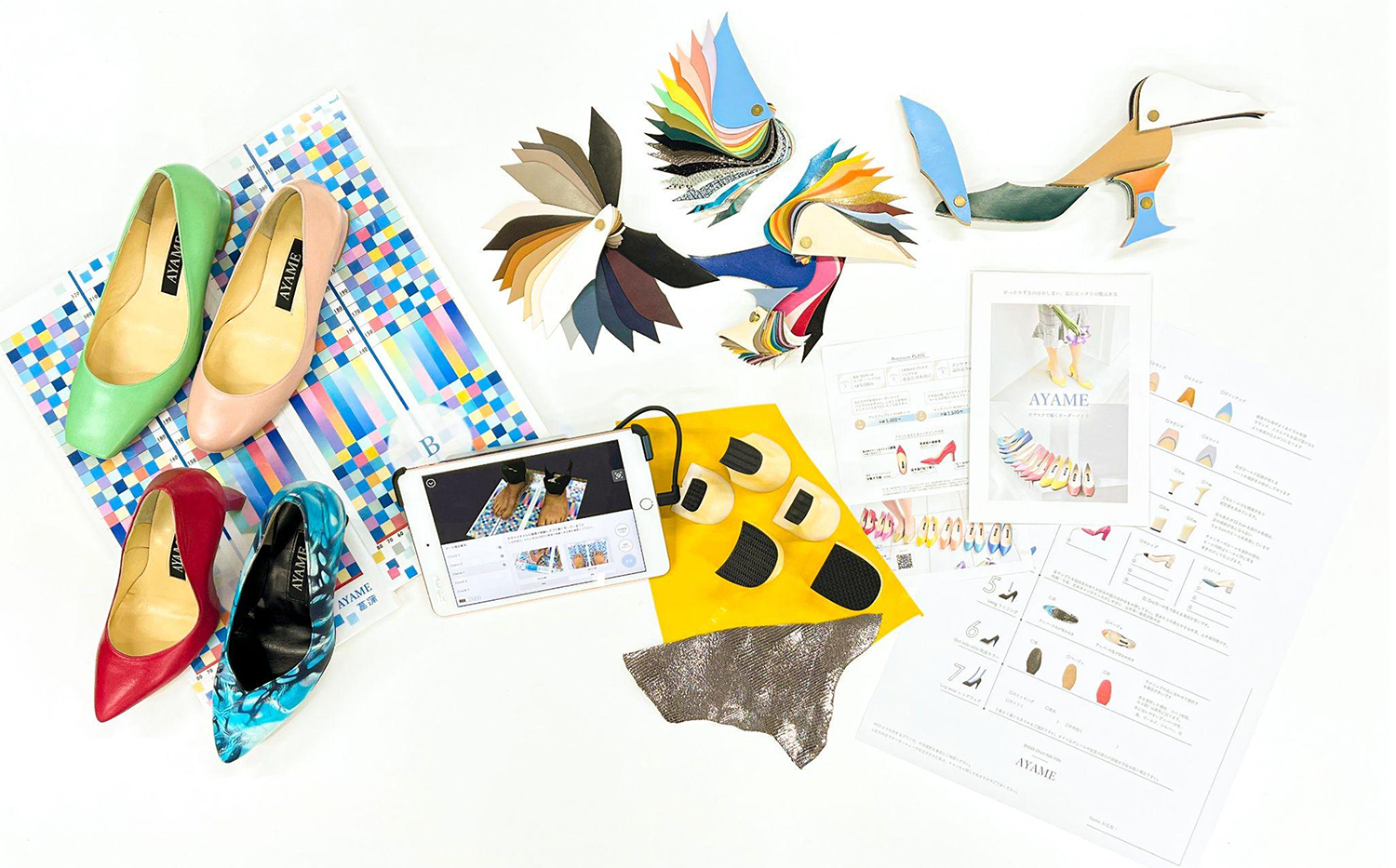
Using a Prusa 3D printer to create a pair of shoes according to each customer's feet is a unique idea for the company and is a good, personalized idea and the perfect choice for those who looking for a thick pair that fits well and is personalized.